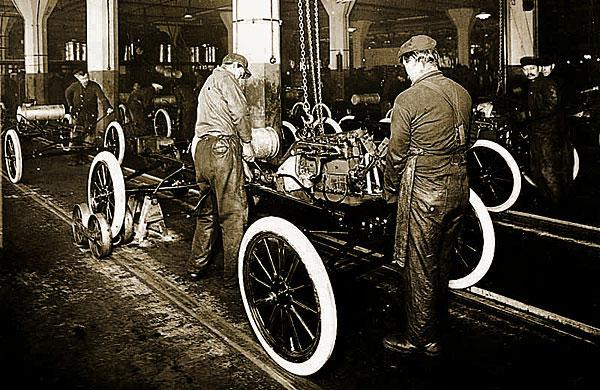| Columns Retired Columns & Blogs |
A small correction: Rand Paul is the junior Senator from Kentucky. Ironically to his comments; one of the most repressed states in the union.
I agree with the notion of the rich being the main customer focus in many markets. Cars,audio,clothing; they seem to be the only ones with disposable incomes and they want expensive (perceived as quality) goods. Thanks for pointing this out, though I personally have realized it for some time.
I hope that if more people come to realize it, they will understand why it is so important that we cut their taxes even more and then we will all reap the benefits of being trickled on even more.
e








































